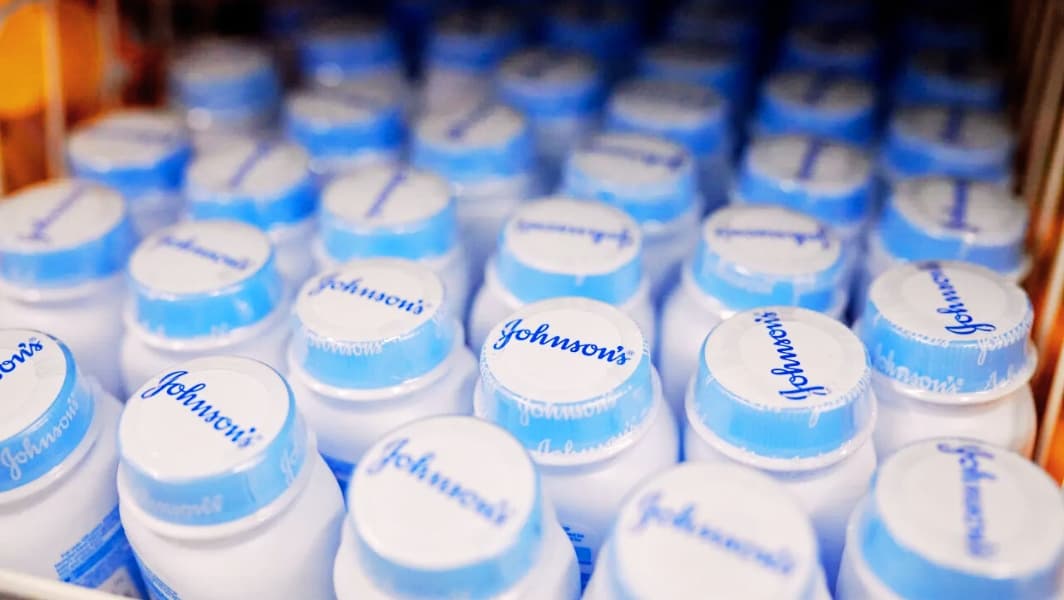
US Court Rejects Johnson & Johnson’s $10 Billion Baby Powder Settlement
Judge Dismisses Bankruptcy Strategy in Ongoing Talc Litigation, Emphasizing Corporate Accountability and Consumer Rights
In a significant legal development, a U.S. bankruptcy judge has rejected Johnson & Johnson's (J&J) $10 billion settlement proposal aimed at resolving thousands of lawsuits alleging that the company's talc-based products, including its iconic baby powder, cause ovarian cancer. This marks the third unsuccessful attempt by J&J to settle these lawsuits through bankruptcy proceedings.
Background of the Litigation
J&J has faced over 60,000 claims asserting that its talc products contained asbestos, leading to ovarian cancer among users. The company has consistently denied these allegations, maintaining that its products are safe and do not contain asbestos. Despite these assertions, numerous plaintiffs have come forward, leading to extensive litigation over several years.
Details of the Rejected Settlement Proposal
The latest proposal involved a $10 billion settlement through a subsidiary's bankruptcy filing. J&J argued that this approach would provide a fair and efficient resolution to the claims. However, U.S. Bankruptcy Judge Christopher Lopez ruled that the company did not qualify for bankruptcy protection, stating, "While the Court's decision is not an easy one, it is the right one."
Court's Rationale for Rejection
Judge Lopez highlighted several concerns with J&J's proposal:
-
Lack of Financial Distress: The court noted that J&J, being a financially robust company, does not meet the criteria for bankruptcy protection, which is typically reserved for entities in genuine financial distress.
-
Insufficient Support from Claimants: The proposed settlement did not garner adequate backing from the affected individuals, raising questions about its fairness and representativeness.
-
Overreach in Legal Claims: The plan sought to release legal claims against non-bankrupt entities, including certain retailers and Kenvue, a consumer health business spun off by J&J in 2023. The court found this aspect of the proposal to be inappropriate.
Reactions from Stakeholders
In response to the ruling, J&J stated that it would not appeal the decision but intends to contest the claims in court, asserting that the lawsuits are without merit. Conversely, attorneys representing the plaintiffs welcomed the decision. Andy Birchfield, a lawyer for some of the claimants, remarked that J&J's bankruptcy strategy was "nothing more than a bad-faith maneuver to avoid full accountability."
Implications for Future Litigation
This ruling has significant implications for both J&J and the broader landscape of corporate liability:
-
For Johnson & Johnson: The company now faces the prospect of defending each lawsuit individually in court, potentially leading to substantial legal expenses and varied outcomes.
-
For Corporate Bankruptcy Strategies: The decision underscores the judiciary's scrutiny of large corporations attempting to use bankruptcy as a means to manage mass tort liabilities, particularly when the company is not in financial distress.
Conclusion
The rejection of J&J's $10 billion settlement proposal represents a pivotal moment in the ongoing litigation concerning the safety of its talc-based products. As the company prepares to return to the traditional court system to address these claims, the outcomes of these cases may have lasting effects on product liability law and corporate strategies for handling mass torts.
For any enquiries or information, contact info@thelawreporters.com or call us on +971 52 644 3004. Follow The Law Reporters on WhatsApp Channels